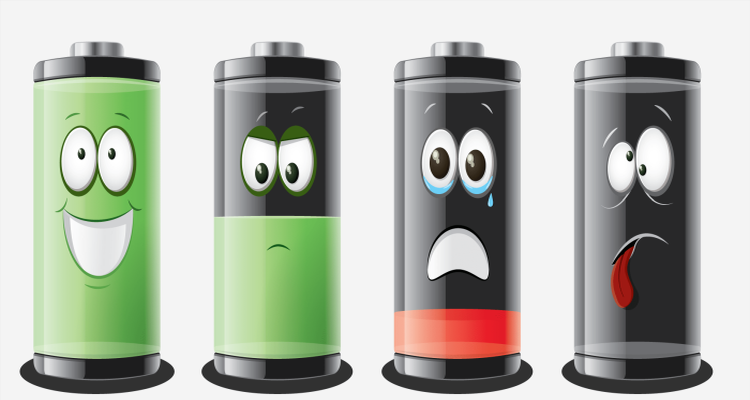The idea that batteries have a ‘life’ is familiar. We’ve all experienced a ‘dying’ cell phone battery with its charge draining, usually at the most inconvenient time. To fully understand battery life, let’s start with a few fundamentals.
A battery stores energy in chemical form, then converts it into electrical energy. Battery ‘life’ refers to three characteristics: performance, longevity, and capacity.
Let’s explain the semantics of these words a bit further:
- Performance life is the run time of a battery on full charge.
- Longevity refers to the number of charge cycles a battery can take before it no longer charges.
- Capacity means that a new battery will charge up to 100% but an older battery will charge possibly up to 70%.
For example, the Tesla Powerwall has a warranty of ten years at 70% capacity. Tesla recognizes that the battery will lose 30% or more in capacity over time. High ‘Depth of Discharge’ (DoD) also affects capacity negatively.
The number of times you charge a battery affects its lifespan, but so does the DoD – a 100% depth of discharge puts stress on a battery and shortens its lifespan.
Think of it like driving an older car and letting the engine oil run out. You may be able to drive for several hundred (or thousand) miles, but eventually, the engine will stop working. A battery responds similarly.
When purchasing rechargeable batteries, especially those for solar power storage, the depth of discharge becomes an essential qualifier of performance.
You may see battery labeling showing a range of lifecycle options such as 25,000 cycles at 30% DoD or 1,000 cycles at 75% DoD.
When you shift to stored solar power for your home or business, you’ll likely want the option of a deeper discharge. Why? Because you’ll need access to as much stored energy as possible to keep lights, appliances, and other devices fully functioning. But remember, drawing down the battery deeply in the short run will reduce the number of cycles the battery operate effectively.
The result is a higher cost per kWh over the shortened lifespan of the battery.
Reference- Wikipedia, Cleantechnica






